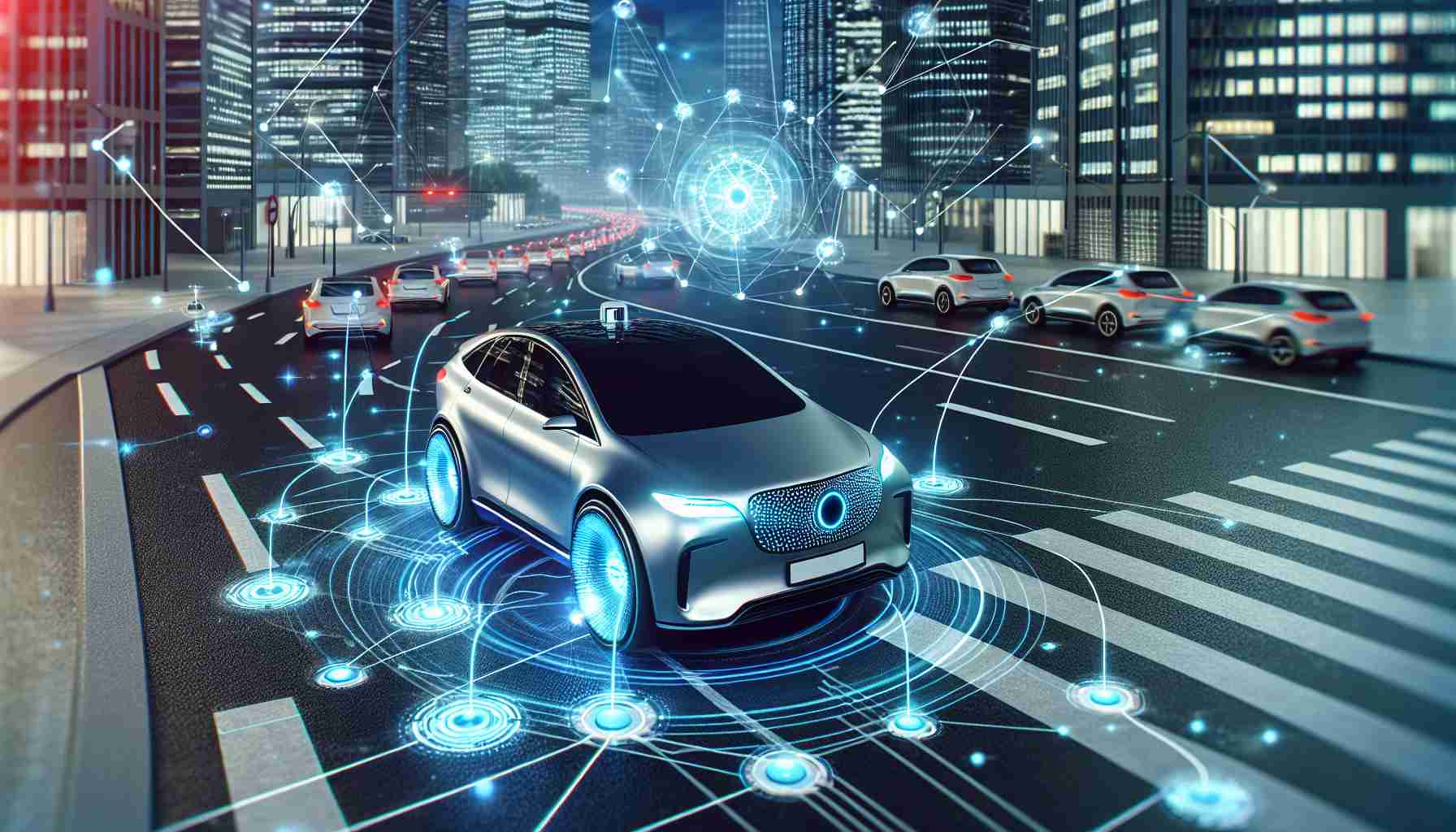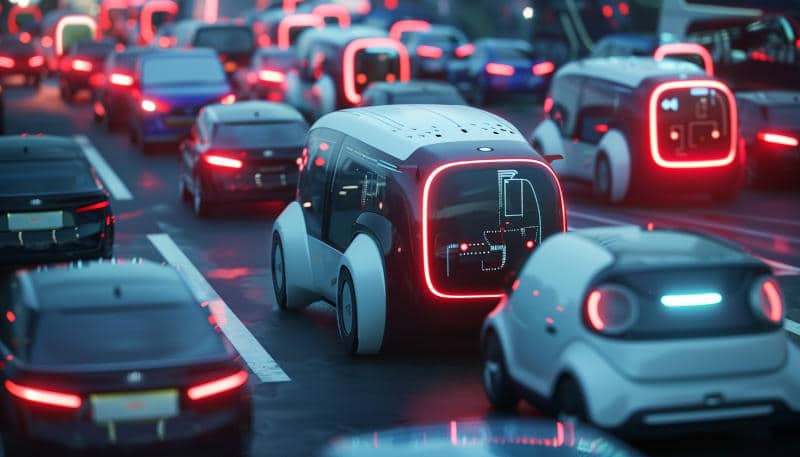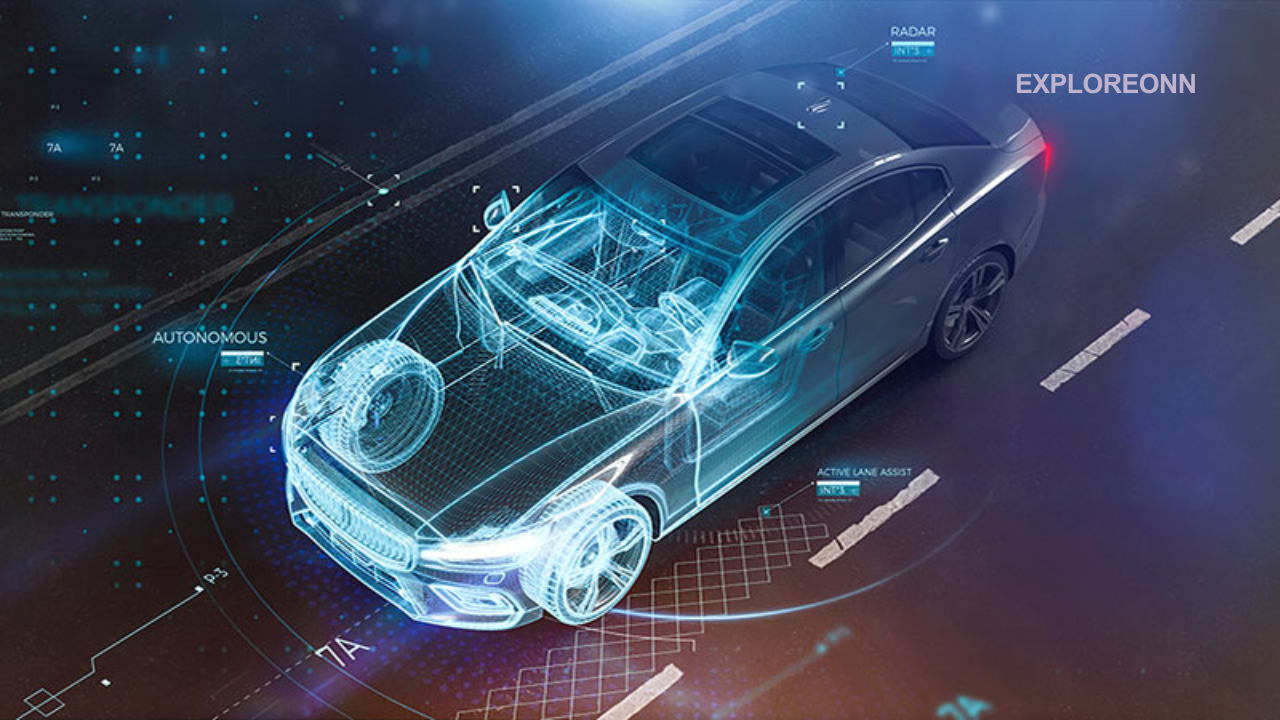The automotive industry has witnessed profound transformations over the years, from the invention of the internal combustion engine to the rise of electric vehicles (EVs). However, one of the most groundbreaking changes in recent history is the emergence of autonomous vehicles (AVs). Often referred to as self-driving cars, these vehicles have the potential to revolutionize not only transportation but also the global economy, urban planning, and even societal norms.
This blog explores how autonomous cars are reshaping the automotive industry and the broader implications of this revolutionary technology.
The Rise of Autonomous Vehicles
The journey toward autonomy began decades ago with the advent of driver-assist technologies like cruise control, anti-lock braking systems (ABS), and parking sensors. These incremental advancements laid the groundwork for the development of fully autonomous systems. Today, we are on the brink of Level 4 (high automation) and Level 5 (full automation) vehicles becoming mainstream.

Major companies like Tesla, Waymo, Cruise, and legacy automakers such as General Motors, Ford, and Mercedes-Benz have invested heavily in autonomous driving technology. These efforts are supported by advancements in artificial intelligence (AI), machine learning, LiDAR, radar, and computer vision systems.
Key Ways Autonomous Cars Are Changing the Automotive Industry
1. Redefining the Concept of Car Ownership
Traditional car ownership models are being challenged by the rise of autonomous vehicles. Ride-hailing services, such as those offered by Uber, Lyft, and Waymo, are leveraging self-driving technology to create fleets of autonomous taxis. This shift reduces the need for individual car ownership, particularly in urban areas.
Car-sharing and subscription-based models are also gaining traction. Instead of buying a car, consumers may opt for on-demand services, paying only for the time they use a vehicle. This trend is expected to lower overall vehicle sales while increasing the utilization rates of each car.
2. Enhanced Safety
One of the most significant promises of autonomous vehicles is improved safety. According to the World Health Organization (WHO), road traffic accidents cause approximately 1.3 million deaths globally each year, with human error being a leading factor. Autonomous cars, equipped with advanced sensors and AI-driven decision-making, aim to minimize these errors.
By analyzing vast amounts of data in real-time, AVs can predict and respond to hazards more effectively than human drivers. Features like adaptive cruise control, emergency braking, and collision avoidance systems are already reducing accident rates, paving the way for a safer future.
3. Transformation of Urban Infrastructure
The widespread adoption of autonomous vehicles will profoundly impact urban planning and infrastructure. Cities may require fewer parking spaces as shared autonomous vehicles dominate transportation networks. This could free up valuable urban real estate for parks, housing, and other public uses.
Traffic management systems are also expected to evolve. Connected autonomous cars will communicate with each other and traffic infrastructure, optimizing traffic flow and reducing congestion. Smart cities will integrate AVs into their designs, leveraging data to improve overall mobility.
4. Disruption of the Automotive Supply Chain
Autonomous vehicles are transforming the automotive supply chain in several ways:
- Software Over Hardware: Traditional automakers have long focused on hardware innovation, but autonomy shifts the emphasis to software. Companies like Tesla, known for their over-the-air software updates, have set a new standard for the industry.
- New Entrants: Tech giants like Google (Waymo), Apple, and Baidu are entering the automotive space, competing with traditional manufacturers. This has created a new dynamic, blending automotive engineering with cutting-edge technology.
- Supplier Ecosystem: The demand for sensors, AI chips, and LiDAR systems has created opportunities for specialized suppliers, altering traditional supply chain relationships.
5. Environmental Impact
Autonomous cars are often electric, contributing to reduced greenhouse gas emissions compared to traditional internal combustion engine vehicles. By optimizing routes and driving patterns, AVs can also improve fuel efficiency and reduce energy consumption.
Moreover, shared autonomous fleets could decrease the number of vehicles on the road, further reducing the environmental footprint of transportation. However, this positive impact depends on how the technology is implemented and adopted at scale.
6. New Revenue Streams
Autonomous vehicles open up new opportunities for monetization. For example:
- In-Vehicle Entertainment: With no need for a driver, passengers can engage in various activities, from watching movies to conducting business meetings. This shift creates opportunities for content creators, advertisers, and technology providers.
- Data Monetization: AVs generate vast amounts of data, including traffic patterns, consumer preferences, and vehicle performance. Companies can leverage this data for targeted advertising, urban planning, and improving vehicle design.
- Mobility-as-a-Service (MaaS): Autonomous ride-hailing and delivery services offer new business models, transforming vehicles into revenue-generating assets rather than depreciating liabilities.
7. Challenges for Insurance and Legal Frameworks
The adoption of autonomous vehicles raises complex questions for insurers and lawmakers. Traditional insurance models, which focus on individual driver liability, may become obsolete as responsibility shifts to manufacturers and software developers.
Regulating autonomous vehicles requires a balance between encouraging innovation and ensuring public safety. Governments worldwide are grappling with these challenges, developing policies to address issues like data privacy, cybersecurity, and liability in accidents involving AVs.
8. Impact on Employment
The rise of autonomous vehicles will have a significant impact on employment, particularly in sectors like trucking, taxi services, and delivery. While AVs promise efficiency and cost savings, they also pose challenges for millions of workers who rely on driving for their livelihoods.
On the other hand, the autonomous vehicle industry is creating new jobs in areas such as software development, data analysis, and maintenance of advanced sensor systems. Governments and businesses must invest in retraining programs to help workers transition to these emerging roles.
Case Studies: Industry Leaders in Autonomous Vehicles
Tesla
Tesla’s Autopilot and Full Self-Driving (FSD) systems have been at the forefront of public discussions on autonomy. While not fully autonomous, these systems showcase the potential of driver-assist technologies and demonstrate how over-the-air updates can continually improve vehicle performance.
Waymo
A subsidiary of Alphabet Inc., Waymo is a pioneer in autonomous ride-hailing services. The company’s self-driving technology has been extensively tested and deployed in select cities, offering a glimpse of a driverless future.
Cruise
Backed by General Motors, Cruise focuses on urban transportation solutions. Its autonomous taxis are already operating in cities like San Francisco, demonstrating the viability of shared AV fleets.

Future Outlook
The transition to a fully autonomous automotive industry will take time, with numerous technical, regulatory, and societal hurdles to overcome. However, the trajectory is clear. As technology advances and adoption grows, we can expect:
- Widespread Integration: Autonomous vehicles will become a staple of transportation networks, particularly in urban areas.
- Economic Transformation: Industries ranging from logistics to real estate will adapt to the changes brought about by AVs.
- Societal Shifts: The way people work, travel, and interact with their environment will evolve in response to the convenience and efficiency of autonomous transportation.
Autonomous cars are more than just a technological innovation—they represent a paradigm shift for the automotive industry and beyond. By enhancing safety, optimizing urban infrastructure, and creating new business models, AVs promise to reshape the world in profound ways.
However, this transformation comes with challenges, including regulatory complexities, ethical considerations, and the need to address the social impact on employment. As stakeholders collaborate to navigate these issues, one thing is certain: autonomous vehicles are driving us toward an exciting and uncertain future, where the only constant is change.
In the coming decades, the automotive industry will continue to evolve, blending technological innovation with human ingenuity to create a world where mobility is safer, greener, and more accessible for all.




